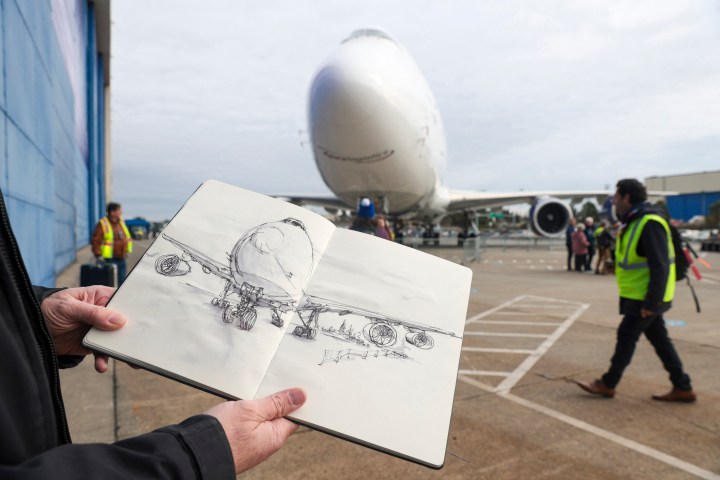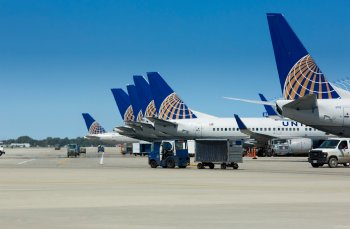
Adieu to the Boeing 747, the first jumbo jet

The last “Queen of the Skies” — the Boeing 747, affectionately called the Jumbo Jet — was delivered yesterday. The plane came out more than 50 years ago and ushered in a new era for air travel.
The 747 took its first commercial flight in January of 1970. Michael Lombardi, a historian at Boeing, said it was a magical time in history.
“It was just a couple months after Neil Armstrong had stepped onto the moon,” he said. “When we believed we could do anything. When our only limit was our imagination.”
The Jumbo Jet was the airline industry’s equivalent of the moon landing because it revolutionized air travel. “It started to democratize flight,” Lombardi said.
Before the 747, flying was expensive, a luxury for businessmen and the upper class.
“In the 1930s it cost, you know, $300 to fly to California,” said Bob van der Linden, curator of air transportation at the Smithsonian’s National Air and Space Museum. “Well, that’s what it costs today if you get a good ticket. But the difference is huge, $300 in the 1930s bought you a car.”
The new jet had more than double the capacity of its predecessor. It featured a new turbofan engine that made flight more fuel efficient and had a special nose that opened to allow the loading of larger cargo.
All this brought down the cost of travel per seat and allowed more goods to be shipped internationally. It wasn’t just that, though. Aesthetically, Van der Linden said it also had a distinct style.
“It’s one of the few airplanes most people could recognize,” he said. “The wings are swept a little bit more. The four engines on it. And, of course, the big hump that’s on the nose.
But for Boeing, big rewards didn’t come without big risks. “They had to build a plane from scratch that had never been this big before,” said Scott Mayerowitz, executive editor at travel website The Points Guy.
The 747 was so big that Boeing had to build a new plant to house it and figure out how existing runways and gates could accommodate its size.
The move took over two years and more than $1 billion, nearly bankrupting the company. But its contract with Pan Am, then one of the largest and most glamorous carriers, helped solidify its place in the industry — until now.
“The 747’s demise can only be blamed on Boeing,” said Mayerowitz.
Boeing has since launched smaller jets with fewer engines that allow airlines to offer more long-haul, nonstop flights from smaller cities. Only a handful of airlines still fly the remaining 747s in the sky, Mayerowitz said.
There’s a lot happening in the world. Through it all, Marketplace is here for you.
You rely on Marketplace to break down the world’s events and tell you how it affects you in a fact-based, approachable way. We rely on your financial support to keep making that possible.
Your donation today powers the independent journalism that you rely on. For just $5/month, you can help sustain Marketplace so we can keep reporting on the things that matter to you.

















